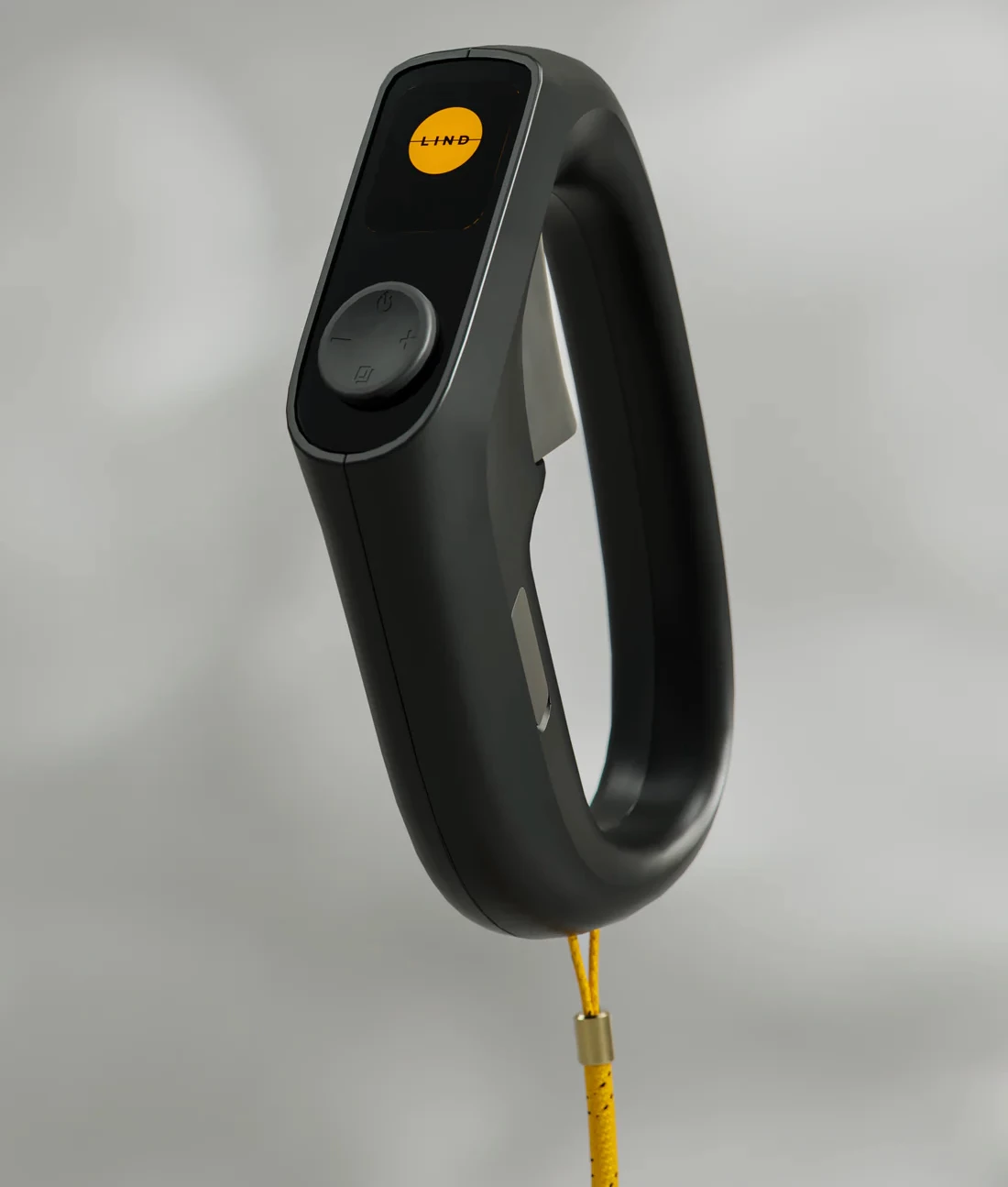In order to stand out in an increasingly crowded market, an electric surfboard really has to offer something special these days. The Canvas does just that, with a modular design, epoxied oak trim, and a top speed of 60 km/h (37 mph).
Announced this Friday (Nov. 22nd), the Canvas is made by Swedish/American company Lind. The firm was founded by entrepreneurs Anders Dellson, Mattias Soderhielm and Alexander Lind, the latter of whom previously brought us the now-defunct Radinn jet surfboard.
Available in shortboard (72 in/182.9 cm) and midlength (75 in/190.5 cm) sizes, the Canvas features an epoxy-resin-glassed EPS foam body with an oak tail block and stringer center strip.
The custom lithium battery pack and electric jet propulsion system are both separate units, which simply get plugged into the board when it's time to hit the water – installation reportedly takes just 10 seconds.

This modular design allows the 7-kg (15-lb) board to be carried under one arm, with the 17-kg (37-lb) battery and the 10-kg (22-lb) jet drive in an included backpack. The combined weight of the three components is 34 kg (74 lb).
Controlled by a handheld wireless remote, the 20-kW (27-hp) jet drive takes riders to a top speed of 60 km/h (37 mph). Depending on how long the board stays at that speed, one 2-hour charge of the 3.1-kWh battery should be good for up to 45 minutes of runtime.
That battery is located on the underside of the board, where its heat is dissipated into the water via an aluminum cooling plate. As an added safety measure, the jet drive will only operate when the board is sitting right-side-up on the water's surface, and when the impeller is fully submerged.

All of these features don't come cheap, however. Pricing for the Canvas starts at US$24,950, which includes the board, battery, jet drive, remote, charger, fins, and a board bag. Buyers can reserve one now by placing a $2,500 deposit. Deliveries should commence next April.
You can see the surfboard in action, in the following video.
Source: Lind














